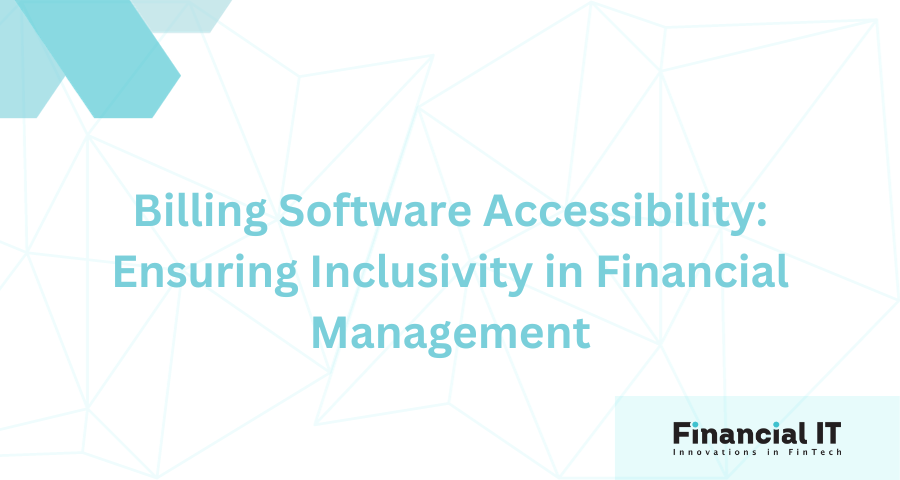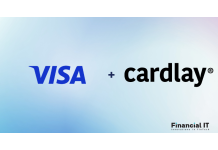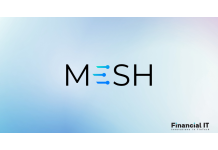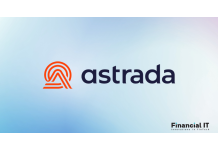Brex And Zip Partner To Transform the Modern...
- 20.05.2025 06:05 pm
Flexys Partners with Capital on Tap to Transform Debt...
- 08.05.2025 06:05 am
Clearwater Analytics Completes Acquisition of Beacon,...
- 01.05.2025 01:55 pm
Moneyhub Extends Its Partnership With Experian to Help...
- 01.05.2025 10:05 am
Crypto.com Partners With Green Dot to Enhance Banking...
- 30.04.2025 03:25 pm
Cardlay Achieves Milestone in Mobility Segment, Joins...
- 23.04.2025 12:05 pm
Expensify Launches Simplified $5 Pricing Plan for SMBs
- 23.04.2025 06:15 am
Mesh Partners With ALTOUR to Elevate Travel Management...
- 12.03.2025 03:55 pm
American Express to Acquire Expense Management...
- 11.03.2025 08:30 am
Marqeta and Spendesk Financial Services Join Forces to...
- 10.03.2025 10:15 am
Astrada, a Unified API for Transaction Data, Emerges...
- 10.03.2025 09:45 am
PensionBee Announces Partnership With ClearScore to...
- 24.02.2025 09:05 am






















